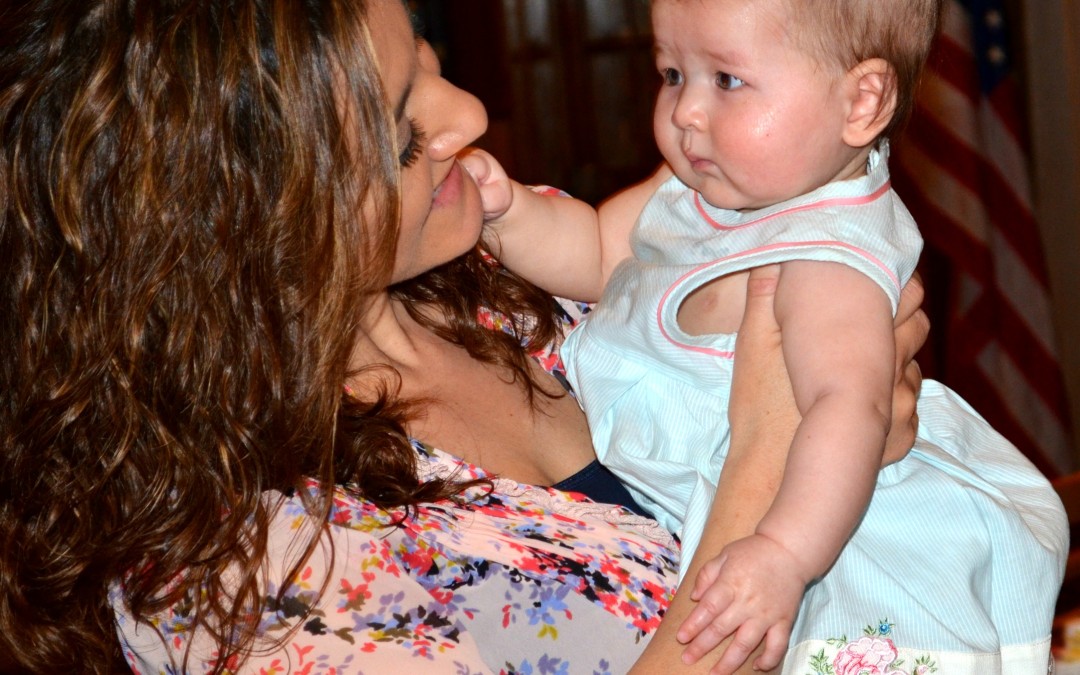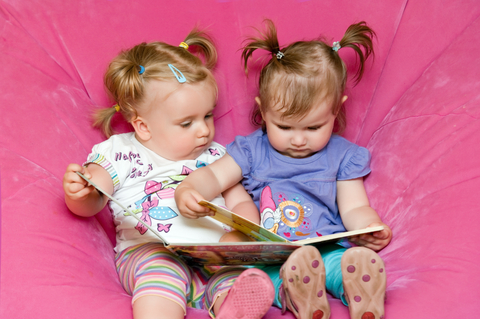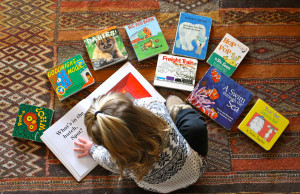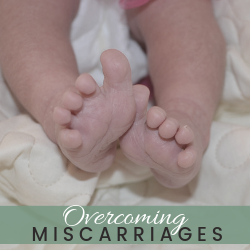
by Kelli Sanders | Jun 25, 2013 | Help for Moms, Motherhood
Sight Words
If the goal is to help our children become successful readers, then sight words are a HUGE key in achieving that goal!
Sight words, also called high frequency words, are commonly used words that must be recognized by sight, rather than using decoding strategies to “sound them out.” These words have unusual spelling patterns and cannot be represented using pictures; therefore, young readers can’t rely on some of the core reading strategies that they commonly use to read the text. So what’s a reader to do??
It sounds crazy, but I can distinctly remember being in my first grade classroom during reading time and getting stuck on the word, “the.” It was the very first word of the text and I couldn’t remember how to “sound it out.” While the other students around me were well into their books, I was feeling frustrated and embarrassed!
“The” is a sight word! The astounding thing is that sight words account for up to 75% of the words used in beginning children’s print materials! One can quickly see the great advantage a beginning reader has in being able to recognize sight words automatically. They will be able to identify the majority of the words in the text without having to stop and decode every single word!

So where can I find these sight words!?!
The truth is, there are a number of lists out there, but the most common are the Dolch sight word lists, and the Fry lists. Dr. Fry expanded on the Dolch lists and research and published a book titled “Dr. Fry’s 1000 Instant Words.” Now, before you hyperventilate, you don’t need to teach your Kindergarten student 1000 words before school starts! What Dr. Fry found is that,
- 25 words make up approximately 1/3 of all items published
- 100 words make up approximately 1/2 of all the words found in publications
In our school district, “Fry’s List” of 100 sight words was the standard for 1st grade readers to learn by the end of the year. If you’d like to get in some practice with these words, download the list for free!
Frys First 100 Words
If you’d just like a “Top 20,” more like a “Top 30,” to work on this summer with a little one heading to Kindergarten, here is a Kindergarten Sight Word List:
Kindergarten Sight Word List
Here are a few ideas for teaching sight words!
1. Create a Sight Word Sticker Book
(Earn a sticker for each sight word mastered)
2. Sight Word Bingo!
3. Colorful Flash Cards
4. Word Search
5. Pudding Art
(Write sight words into chocolate pudding spread on paper – YUM!)
REMEMBER: The aim is to help your child learn in a way that is fun! Use these ideas and think of some of your own! You’ve just been given a BIG KEY to reading success: SIGHT WORDS!

by Kelli Sanders | Jun 21, 2013 | Encouragement, Faith and Family, Help for Moms, Motherhood
If you’ve ever doubted how special and UH-mazing you are, you need to hear this!
[responsive_vid]
10 Things Every Mom Should Know!
Dear Mommy,
Please do yourself a favor and watch this video. Why, you ask? Because you need to smile today and this is GUARANTEED to make you smile (caution: it may even make you tear up a bit).
This isn’t a video that I helped to create – just something that I thought the world of moms needed to hear from the heart of a very cute and inspirational boy!
Enjoy and comment below if you thought this was as cute as I did!

by Kelli Sanders | Jun 2, 2013 | Help for Moms, Motherhood, School-Aged Years, Teaching Tools, Toddler Years
Teaching your toddler to become a good reader is simply a matter of building the right foundation!
It’s true that no building will stand without the proper foundation being laid, and as a mommy you are a master builder! Your child’s education begins at home with you, and it starts the moment life begins! You teach your child everything from finding food to sitting, to crawling, walking, talking, and – YES – even reading! Don’t write-off the idea so soon; instead, grab a pen and paper and add these tools to your collection. Soon you’ll be constructing a love for learning!
5 Building Blocks for Your Future Reader
BLOCK #1: Make Reading a Daily Routine
Making reading a part of your daily routine is going to help your little one acquire the information and skills needed to succeed in school and life. Yes – it’s that powerful! Reading aloud to your child will expose them to the world in which they live, and help them to understand it. It will create awareness of the relationship between sound and print, and increase their vocabulary. It will also engage their imagination, and develop in them a love for learning.
Consistency is key! Reading daily is much simpler than you might think, and you can make it an experience that is fun and special for you toddler. Establish regular times to read, like before bed, and look for other opportunities throughout the day:
- Get cozy with a good book in the morning before the day starts.
- Read before a nap to help settle your little one down.
- Read during snack time.
- Read anytime your child brings you a book.
BLOCK #2: Read Age-Appropriate Books
Age is a big factor in selecting the right type of book that will create an enjoyable experience for both you and your child. Today you can find many good books available that will suit your baby’s stage of development. For babies and toddlers you’ll want to look for:

- Books that are easy to manipulate for little hands
- Books that are durable (e.g. plastic books or board books)
- Age-appropriate subjects (think animals, numbers, family, alphabet, etc.)
- Simple, uncluttered illustrations or photos
In addition to selecting age-appropriate books, use YOUR child’s interests and imagination to drive your reading selections. They will enjoy looking at books about things that they are curious about in their world!
BLOCK #3: Read with Expression
The value of reading right cannot be emphasized enough! The more excited and animated you are when reading to your child, the more excited they will be to listen. Are there multiple characters in the book? Give them different voices. Are you asking a question or making a statement? Change your tone to match the sentence. Are there certain emotions being expressed? Express that emotion in your voice (sadness, happiness, anger, surprise, excitement) to help bring the story to life.
Why is this important? Reading with expression will help your child to relate the book you are reading to what they are experiencing in their every day life. It will also help early readers with comprehension as meaning is added to the printed word.
If you are not the “animated type,” don’t worry. You can think outside the box:
- Ask an older sibling to read to your little one.
- Enlist the help of your spouse or other relatives.
- Consider audio books for children.
- Practice reading the story with expression before you read it to your child.
BLOCK #4: Make it a “Hands-On” Experience
It’s no surprise that a toddler is “hands-on.” Rather than fighting against that natural curiosity, guide it in the right direction! Allow your child to turn the pages of the book, to hold it and explore it before you might even read the text. If there are parts of the pages that are fuzzy, or soft, or provide some sort of tactile experience, take your toddler’s hand and guide it to “feel” the book.
My 18 month old loves to read The Very Hungry Caterpillar by Eric Carle. One of the main reasons he loves this book is because we stick his little fingers in the holes where the caterpillar “ate through” his food. His favorite day in the book is Saturday, where he gets to touch the chocolate cake, the ice cream cone, the lollipop – you get my point. His hands get to explore the book and it makes it more enjoyable for him!
Another way to create a tactile experience is to use touch throughout the reading. For example, hold your child tight if it’s scary, tickle his sides if something silly happened, crawl your fingers on the side of her arm if there is a moment of suspense! Your toddler will love this and it will make your reading time special.
Block #5: Be Patient!
Your patience is included as a key to future reading success because it will be required on the journey! Initially you may feel that your child shows no interest in reading at all and you may be tempted to get discouraged – BE PATIENT. Every child develops at a different pace so don’t compare your experience to someone else’s. Be consistent and adaptable.
Your little one may bring you his or her favorite book to read over, and over, and over, and over again – BE PATIENT! Reading the same story frequently is exciting to your little one. Before you turn the page they “know what’s coming,” and may even learn some of the words through the repetition.
When your child really gets into the “nuts and bolts” of reading in school, there may be times of frustration – BE PATIENT! All of your efforts are well worth it!
Now go, master builder, and use these building blocks to lay a solid foundation for your future reader! You CAN teach your toddler!









